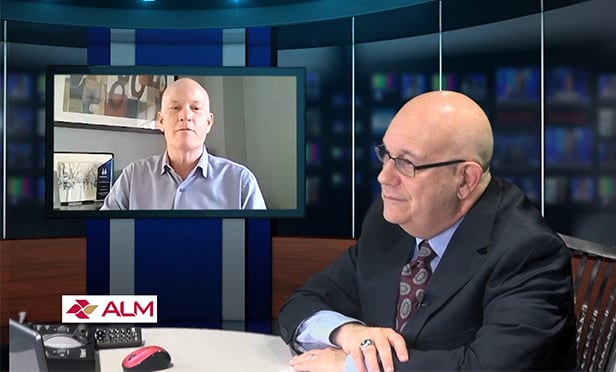"One Bryant Park is almost the exclamation point on what a lot of people in design and real estate and government have been trying to do, which is to advance energy efficiency in buildings," says Constantine Kontokosta, director of the NYU Schack Institute's Center for the Sustainable Built Environment. "It also represents the beginning in a lot of ways, just another step in the evolution of where we've been going." He calls the retrofit of the 79-year-old Empire State Building at 350 Fifth Ave. "a great example" of what can be done in existing properties.
Both the Durst Organization/BofA team behind One Bryant Park and Malkin Holdings, which last week announced an Energy Star rating of 90 as a milestone in the retrofit program at 350 Fifth, have said they're anticipating that others will follow their templates. Similarly, Kontokosta sees the Bloomberg administration as leading by example with its PlaNYC initative, and says government at all levels is incentivizing the greening of new or existing buildings.
More than any regulatory mandates, though, the market itself may take away the carrot and go strictly by the stick. "There's a concern about functional obsolescence," says Kontokosta. "Whereas in New York City or anywhere else we normally have class A, B and C office space, now we're really starting to see class A green and class A non-green."
He says that what developers are thinking about now is: "A decade from now, what are tenants going to be demanding? What will the standard of construction be 10 years from now when the lease renewal comes up? The standard of energy efficiency will be much higher, and tenants will demand a much higher level of performance. So if you're not pushing the envelope now, you're already building something that's obsolete."
Kontokosta acknowledges that going for LEED Platinum, which in the case of One Bryant Park entailed above-and-beyond features such as a cogeneration plant, comes with a stiff cost premium, even when compared to LEED Gold. "With the current building codes, you almost have to go out of your way to not achieve LEED Silver," Kontokosta says, while experience and familiarity with green building practices are bringing the expenses down for LEED Gold. Yet by the time a developer reaches the top rung of the LEED ladder, there's a 10% premium over normal construction costs.
Moreover, says Kontokosta, "LEED Platinum is always going to be a moving target. The standards are improving over time, and so there's always going to be a cost issue for people that are pushing the envelope. But in general, a lot of the things that we consider 'sustainable' now will become standard practice within a few years."
Want to continue reading?
Become a Free ALM Digital Reader.
Once you are an ALM Digital Member, you’ll receive:
- Breaking commercial real estate news and analysis, on-site and via our newsletters and custom alerts
- Educational webcasts, white papers, and ebooks from industry thought leaders
- Critical coverage of the property casualty insurance and financial advisory markets on our other ALM sites, PropertyCasualty360 and ThinkAdvisor
Already have an account? Sign In Now
*May exclude premium content© 2024 ALM Global, LLC, All Rights Reserved. Request academic re-use from www.copyright.com. All other uses, submit a request to [email protected]. For more information visit Asset & Logo Licensing.








